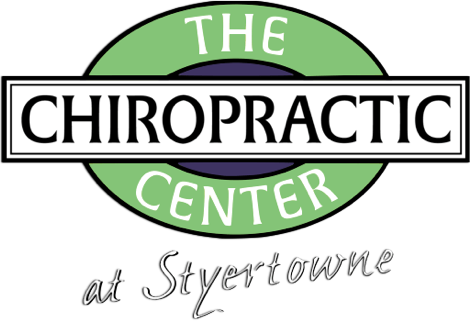The True Cost of Health Care Insurance
Healthcare, specifically related to health insurance, is a loaded political conversation in our society. Often times though, we miss the real-world impact that the true cost of insurance has on families. Below are some things to consider when looking at the real cost of health insurance and the overall impact that has on you and your family’s health care needs.
Monthly Premiums
The monthly premium is typically the only cost that many Americans associate with their yearly health care needs. This is a big misconception in that you don’t actually receive anything in exchange for the payment of these premiums. Paying these monthly premiums just allows you to have access to care based on the terms of your coverage. The actual cost of your health care comes in other fees including deductibles, co-payments, and services or tests that may not be covered, either at the time that care is administered or after the fact.
Co-Pays
A co-pay or co-insurance is a set dollar amount or percentage amount for a medical service that a patient is required to pay at the time of visit. Most Insurance Premiums define their co-pays based on a variety of parameters and are technically a form of coinsurance, but typically have no impact towards your deductible amount. These fees are usually seen as the patient’s cost of a doctor’s visit. Co-payment amounts have skyrocketed over the last several years along with the cost of insurance premiums. 5 or 10 dollar co-pays are now often $50 or more.
Deductibles
A deductible is a fixed amount required to be paid by the patient before your insurance company will cover the cost of services to the healthcare professional. Most Healthcare plans have a deductible of some kind, and these deductibles continue to rise and are outpacing inflation. $2,500 to $5,000 deductibles for both in and out-of-network services are not uncommon. Some plans don’t have a deductible, but those costs are still paid by being padded into a high monthly premium. In fact, a recent study conducted by the Kaiser Family Foundation showed that 4 out of 10 workers enrolled in a high-deductible plan don’t have enough savings to cover their deductible.
Coverage Disputes
A hidden cost associated with the insurance-centric healthcare approach is that you are limited to Healthcare professionals “within network” and are willing to play ball with insurance companies. These networks limit the care that you or your family can receive. Doctors must sign a contract with the insurance company to become an in-network provider and agree to the insurance company’s rules and fees. The type and amount of care rendered by the doctor are now influenced by the insurance company, not necessarily the doctor’s best judgment. Consumer Reports wrote an article talking about “surprise bills” that people face when using their insurance. Situations include going to a group provider that is partially “within network,” with one doctor accepting insurance while another is “out of network.” This happens to patients often at hospitals where a specialist or lab is not covered under an insurance plan. This puts patients in a fight with their insurance company, the providers looking to get paid, and collections agencies.
Collections
Collection is a situation that many patients face. Research from the Federal Reserve found that over half of all collection accounts (1 in 3 Americans has a collection on their credit report) on credit reports are related to medical bills. This is such a huge issue for Americans that some credit resource companies actually recommend forgoing medical care to avoid affecting their credit score.
Conclusion
The harsh reality is that no matter what your insurance coverage (and how much you are paying for it!), the chances are that you will pay for additional fees beyond your premium and co-pay. The fact is, the current insurance-based “health-care” model is completely fear-based and has nothing to do with improving health. There is nothing more expensive for many American families to pay for than health insurance, “just in case” of a health crisis, that otherwise provides no benefit. In other words, health insurance is NOT an investment but rather an expense. However, investing in your health will always produce the greatest returns and lower your risk (financially, physically and emotionally). This is why here at the Chiropractic Center at Styertowne, we provide affordable and transparent prices for our chiropractic services so that you can regain your health and get out of pain now regardless of your health insurance. We work for you and your family, and not the insurance companies.

